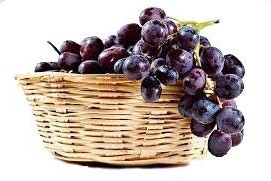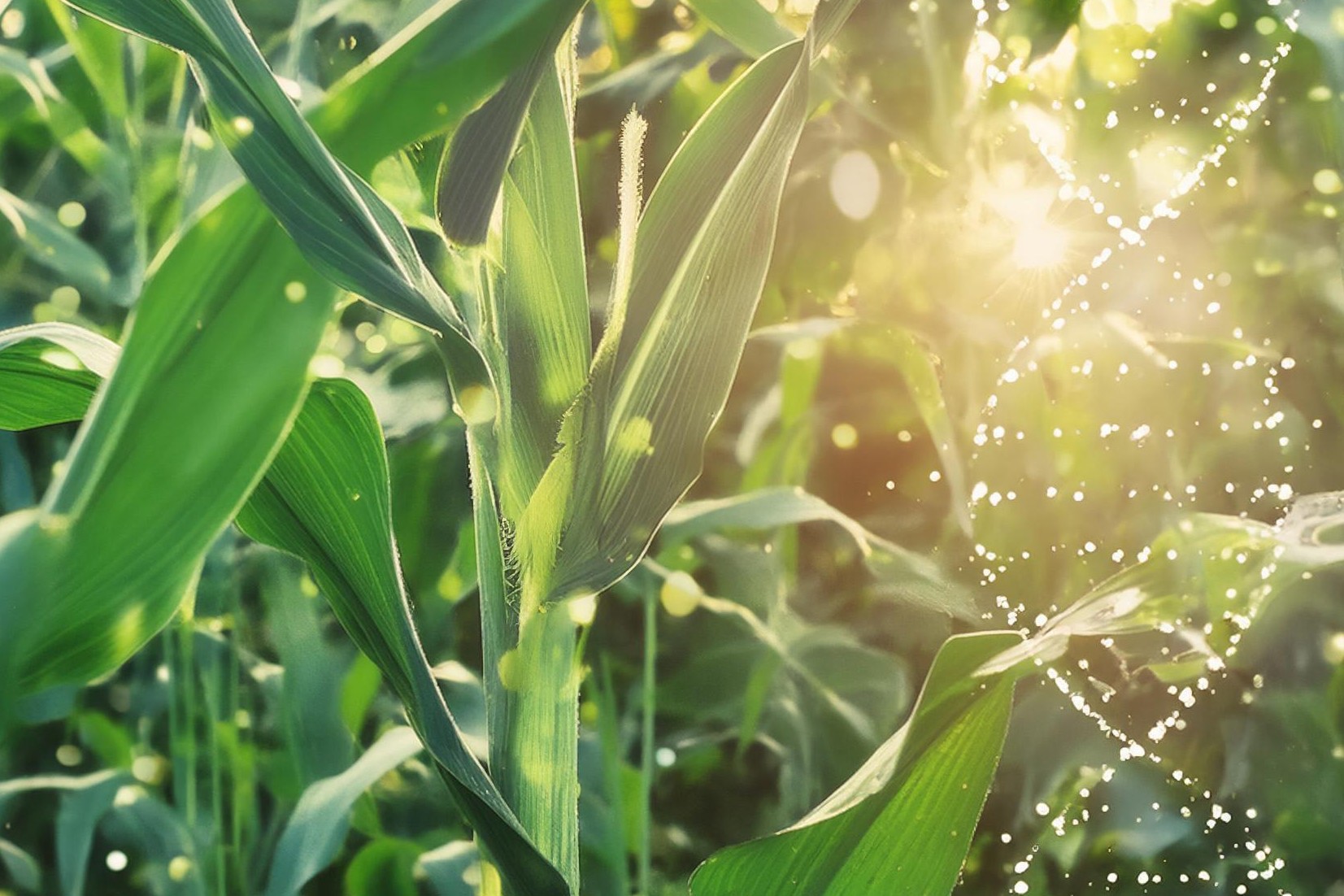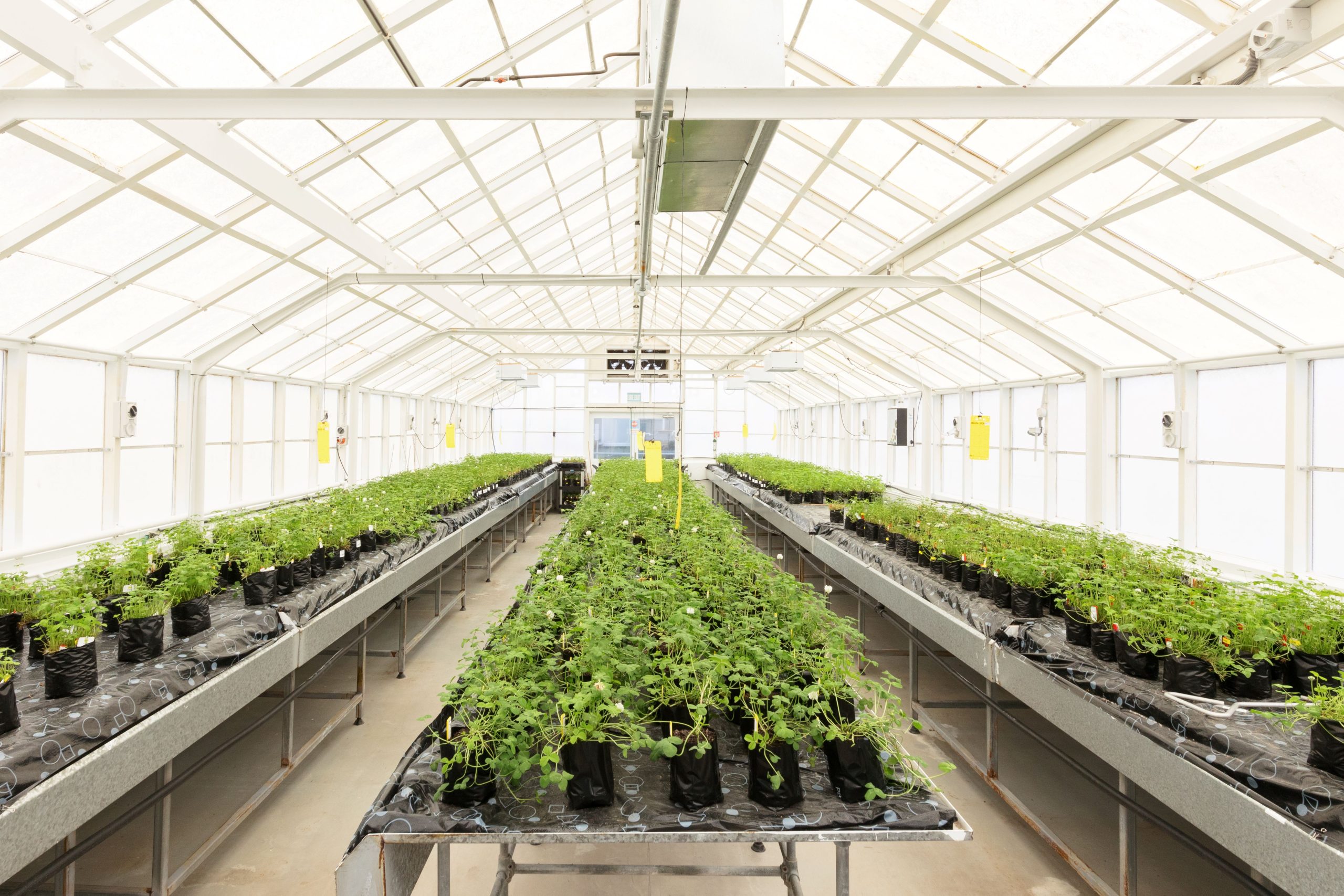Harvesting healthy horticulture returns
Investing in a horticultural company could prove profitable for dairy farmers. Sheryl Haitana reports.

Being an investor in a horticulture company may be a better option for dairy farmers rather than trying to establish an orchard on their own, Perrin Ag senior horticulture specialist Dave Whalley says.
Horticulture remains a highly attractive investment option, with the net return per hectare for crops like kiwifruit and avocados significantly more than dairy.
Latest research showed the average Bay of Plenty dairy farm had a return of $2000/ha at a $6.40kg MS. Whereas, depending on the crop, net returns per hectare from horticulture range from $40,000 to over $100,000.
A Gold kiwifruit crop can return $100,000-$150,000+/ha, a Green kiwifruit crop $50-$60,000/ha and avocados from $40-$60,000/ha.
However, the cost of establishing an orchard is not cheap. It’s $550,000-$700,000/ha equivalent just for a Gold licence, then another $300,000/ha to build the infrastructure, canopy and irrigation.
The competition for licences is cut throat, with big developers pushing prices up, making it harder for the little guy to get in, Dave says.
“It’s pretty competitive. People are intensively planting, building high spec orchards, aiming to achieve a good first crop as fast as possible. It could be year 10 before you get any payback, and the rest.”
An investment group like MyFarm, T&G Global, Rockit Apple JV’s or syndicates, could be a good option for a dairy farmer wanting to diversify their business portfolio, he says.
Alternatively, a Green orchard can still provide a good return, and there is no licence to buy.
“It’s a draft horse instead of a racehorse (like Gold). But a good producing Green block, you can do okay out of it.”
Competition for land is a barrier to buying land suitable for horticulture, with land being swallowed up in housing. Traditional horticultural regions are starting to push into new areas.
That is an option for farmers to consider, but they need to consider their location in relation to packhouses, labour etc. Access to water is another key priority and getting consent can be a challenging exercise – with kiwifruit orchards using 30,000l/ha/day in summer and more in early spring for frost protection.
Farmers who are setting up orchards on their dairy farm also need to be aware that using certain products and plants on the farm can impact the orchard.
Rather than trying to buy new land or establishing an orchard on the dairy farm, buying an underperforming orchard is another good option.
There are a lot of orchards under management of packhouses who are interested in volume and not necessarily paying enough attention to individual orchards. These are orchards that could produce another couple of thousand trays per hectare with some small improvements, he says.
“A farmer could buy an orchard that’s not performing that well and turn it around.”
Other horticulture options such as covered crops like blueberries, capsicums or tomatoes are challenging to make profitable without economies of scale or definite markets. Vegetables are other crops that are competing for land, but they too require scale to be economically viable, Dave says.





